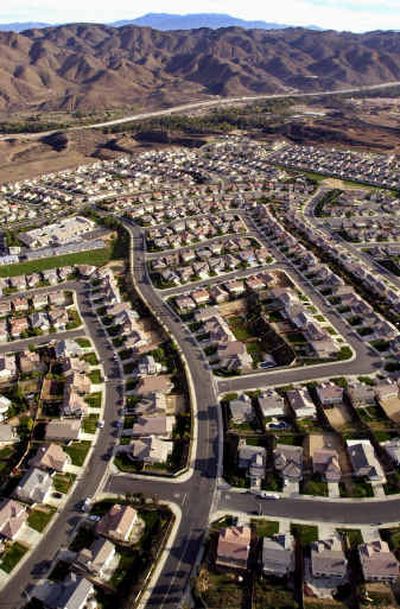Report: Sprawl threatens nature

WASHINGTON – Urban sprawl is gobbling up open spaces in fast-growing metropolitan areas so quickly that it could spell extinction for nearly 1,200 species of plants and animals, environmental groups say.
The National Wildlife Federation, Smart Growth America and NatureServe projected that over the next 25 years, more than 22,000 acres of natural resources and habitat will be lost to development in 35 of the largest and most rapidly growing metropolitan areas.
According to the groups, as many as 553 of the nearly 1,200 at-risk species are found only in those areas.
“The bottom line is that these species are at risk of extinction due to habitat destruction,” said John Kostyack, a National Wildlife Federation attorney and report co-author. “And in these metro areas, the leading cause of habitat destruction is sprawl – development of homes and office buildings and roads in outlying forests and farm fields.”
The government lists 1,264 U.S. species – 518 animals and 746 plants – as endangered or, to a lesser degree, threatened by extinction and in need of federal protections. The environmental groups cited a larger group.
The NatureServe’s database identified about 6,400 “imperiled” species in the United States, including more than 4,000 in the lower 48 states. The groups say they excluded Hawaii and Alaska from their analysis because each has special circumstances.
They found that 60 percent of the lower 48 states’ species live within metropolitan areas, and about half of those – 1,196 – are in the 35 metropolitan areas with both the fastest growth rates and more than 1 million people.
California has 16 of the 20 counties the groups said have the most imperiled species, led by San Diego, Los Angeles, San Bernardino and Sonoma counties. Other counties with the most imperiled species are Clark in Nevada; Miami-Dade in Florida; and Bibb and Shelby in Alabama.